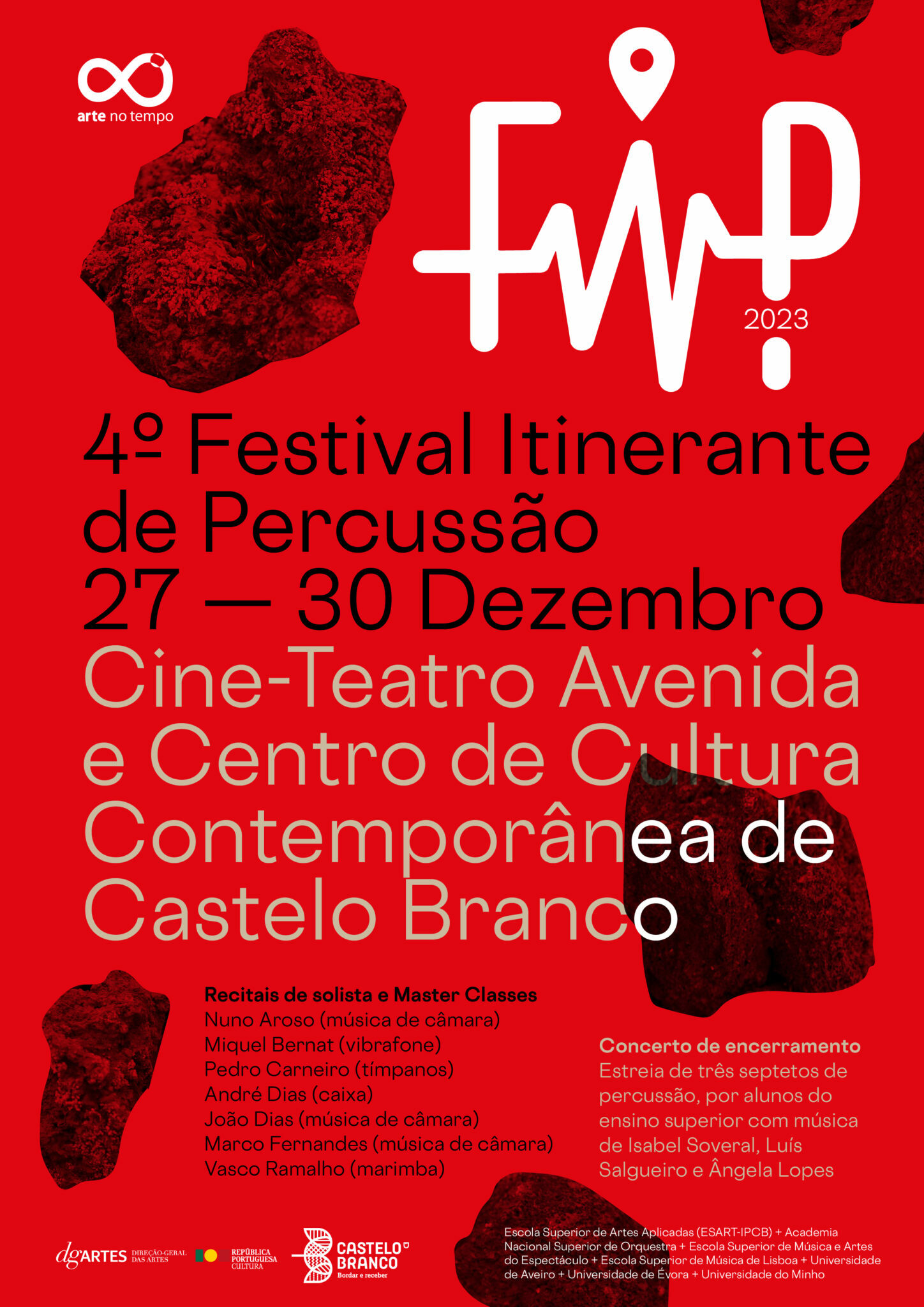Things are lazy but want to be free
for seven percussionists
Commissioned by Arte no Tempo
Premiered December 30, 2023
Festival Itinerante de Percussão 2023, Castelo Branco

This piece joins the rich tradition of non-specialized literature abusing the concept of “entropy”. But it does so with the hope of providing a fairer reading — just like all others have surely tried.
We do not feel entropy as a physical quantity, unlike gravity (which makes our bones weigh), friction (which makes our bones hurt) or energy and force (which makes us move what remains of our bones). Still — or precisely because of this — entropy as a metaphor seems to inspire more than all these other concepts. Everyone knows that entropy is chaos and disorder. Worse: everyone knows that disorder only increases, that chaos only spreads. Everyone knows that it is the second law of thermodynamics (although few people know what exactly thermodynamics might be). The fullest picture is not this simple, of course. If that were the case, how could we explain biology, which takes precisely disorganized matter and reconstitutes it into complex organizations?
A better account of entropy would then be: in how many different ways can we reconstruct the same complex whole from its constituent parts? How does a probable balance emerge from chaos (whether the word is understood in its most colloquial, philosophical or technical meanings)? This has been, in fact, the driving question behind much of my recent production, especially in the pieces that make use of alea. How to design systems that absorb a certain type of energy — or what energy is expressed in a certain type of systems?
The sounds of this piece, organized along the deictic axes of several Greimas squares, are in permanent tension — something that the subject does not usually like, as the reader’s expected reaction to the previous sentence can attest to. This tension releases more and more energy, which frees itself from the structures that contained it and is left incapable of work. The play’s dramaturgy then stages a constant reconfiguration of musical texture and gesture — of the environment in which they exist — in order to rescue life from the chaos of freedom.